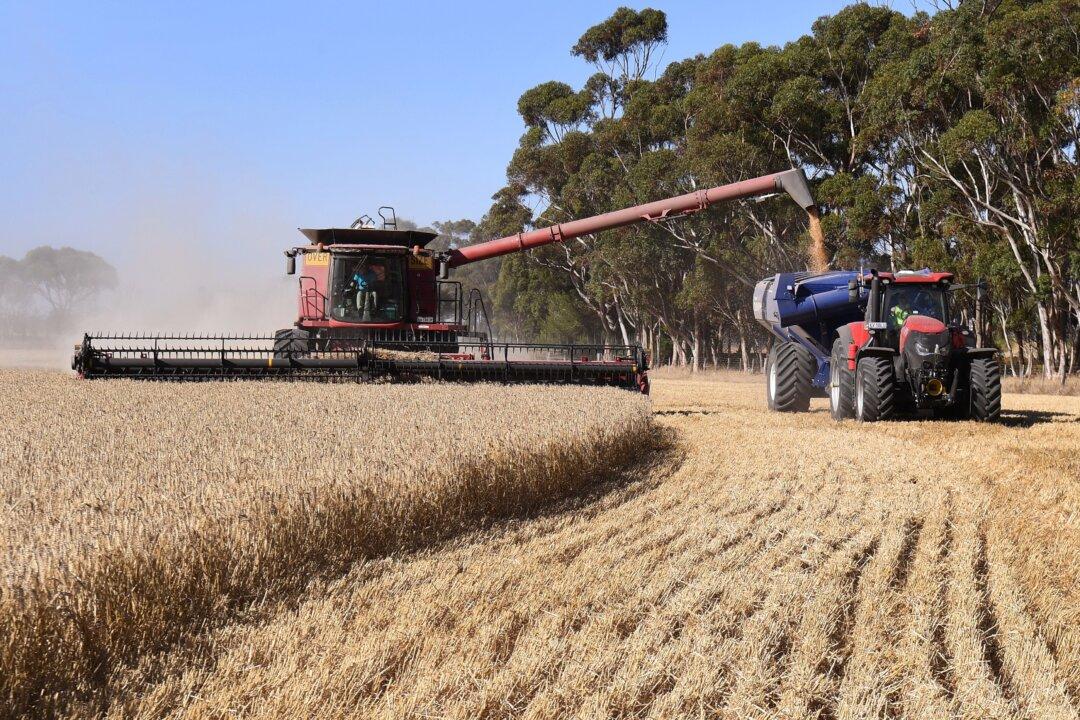Australian agriculture had a bumper year in 2020-2021 as the sector witnessed a 17 percent surge in production value.
New data from the 2020-2021 agricultural census released by the Australian Bureau of Statistics (ABS) showed that the gross value of Australian agriculture hit $70.9 billion (US$49.18 billion) in the 2020-2021 financial year.





